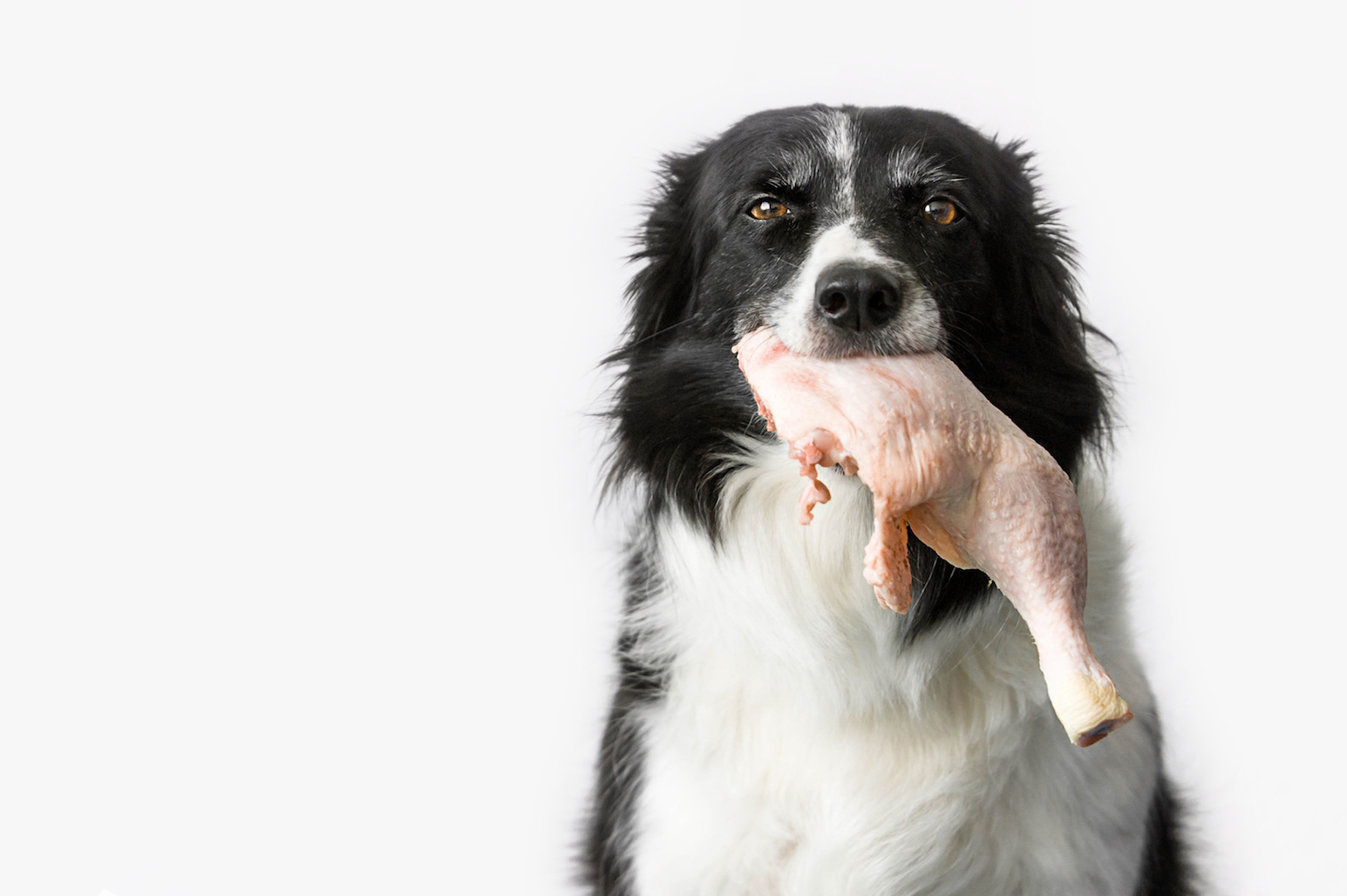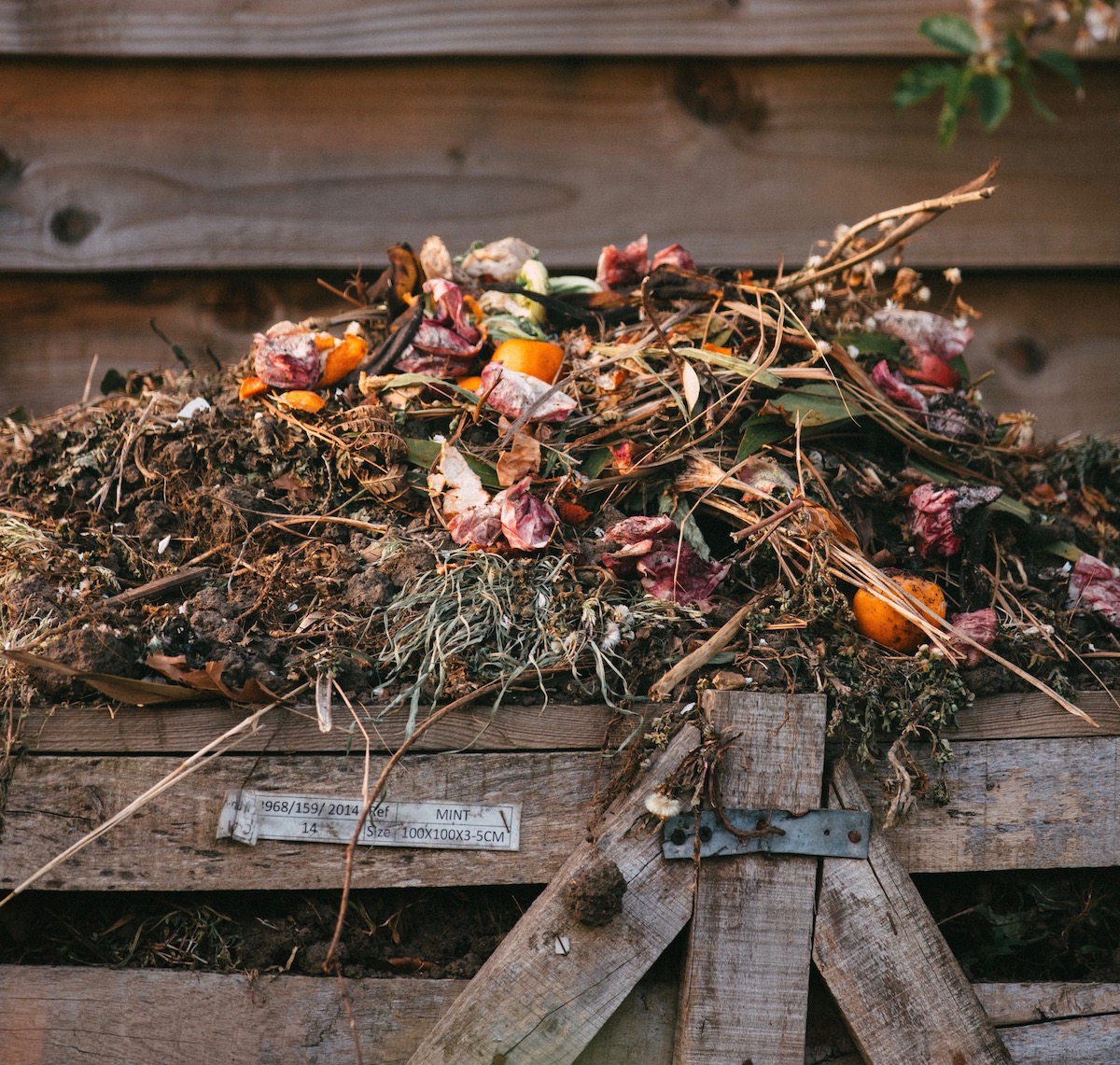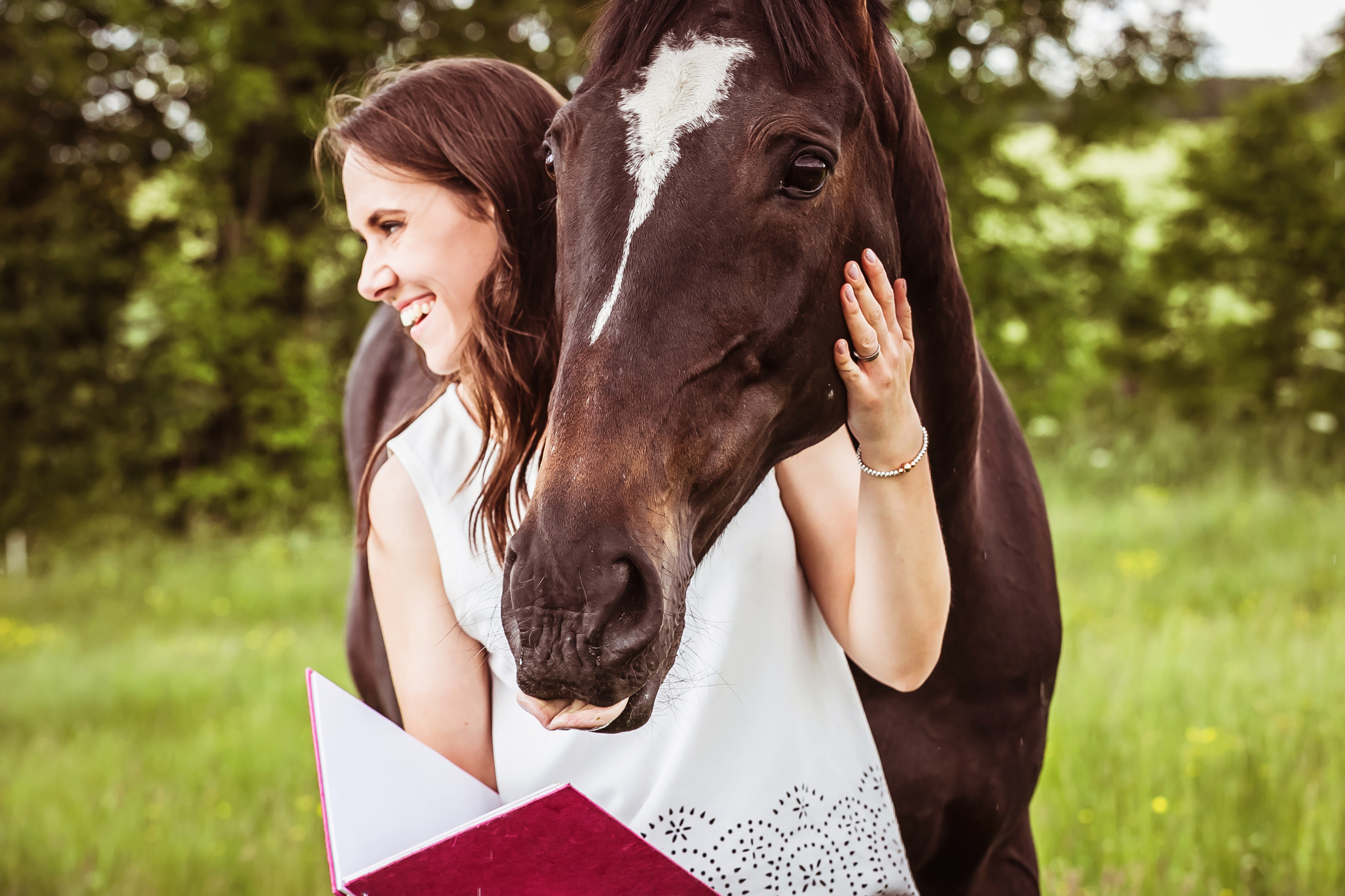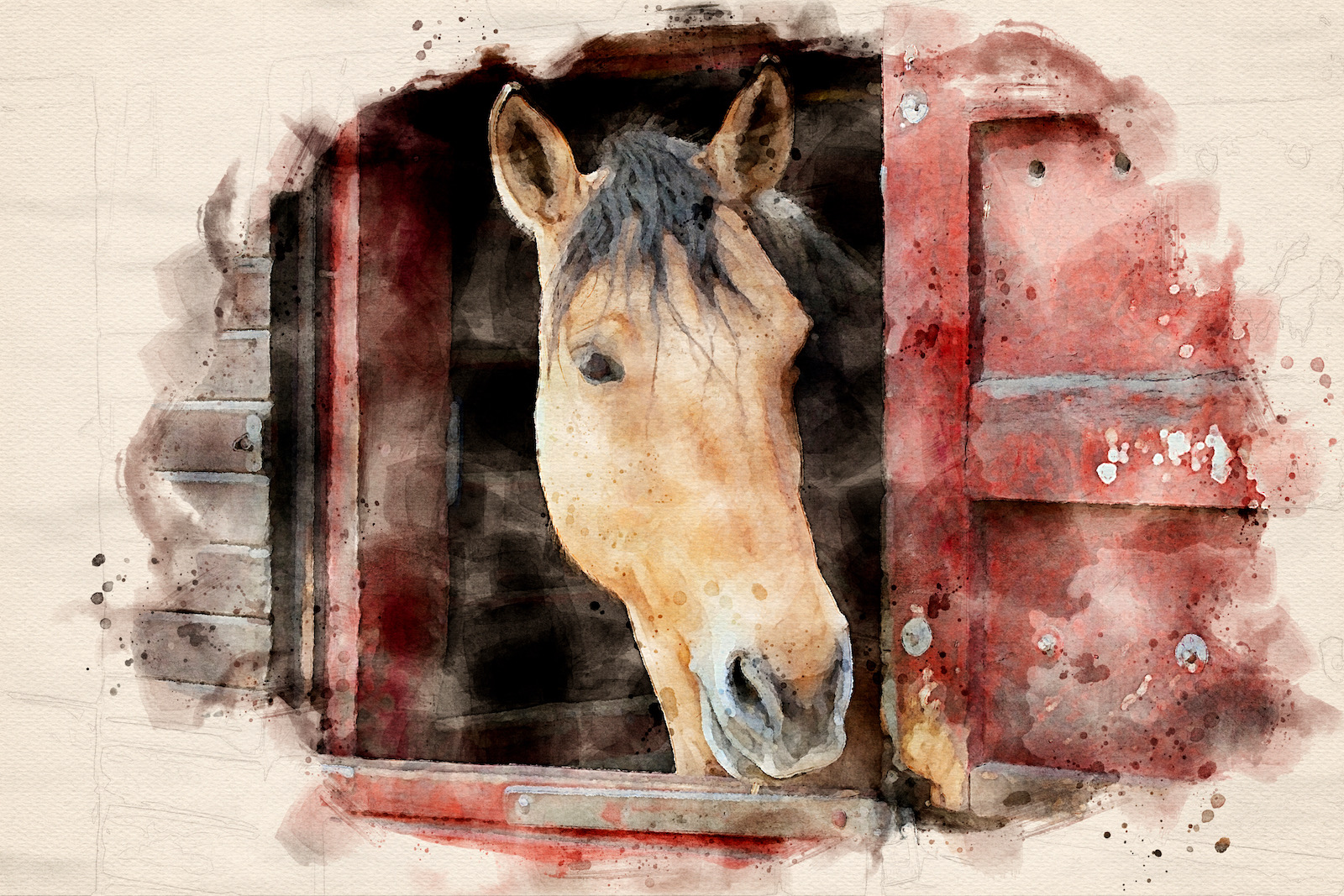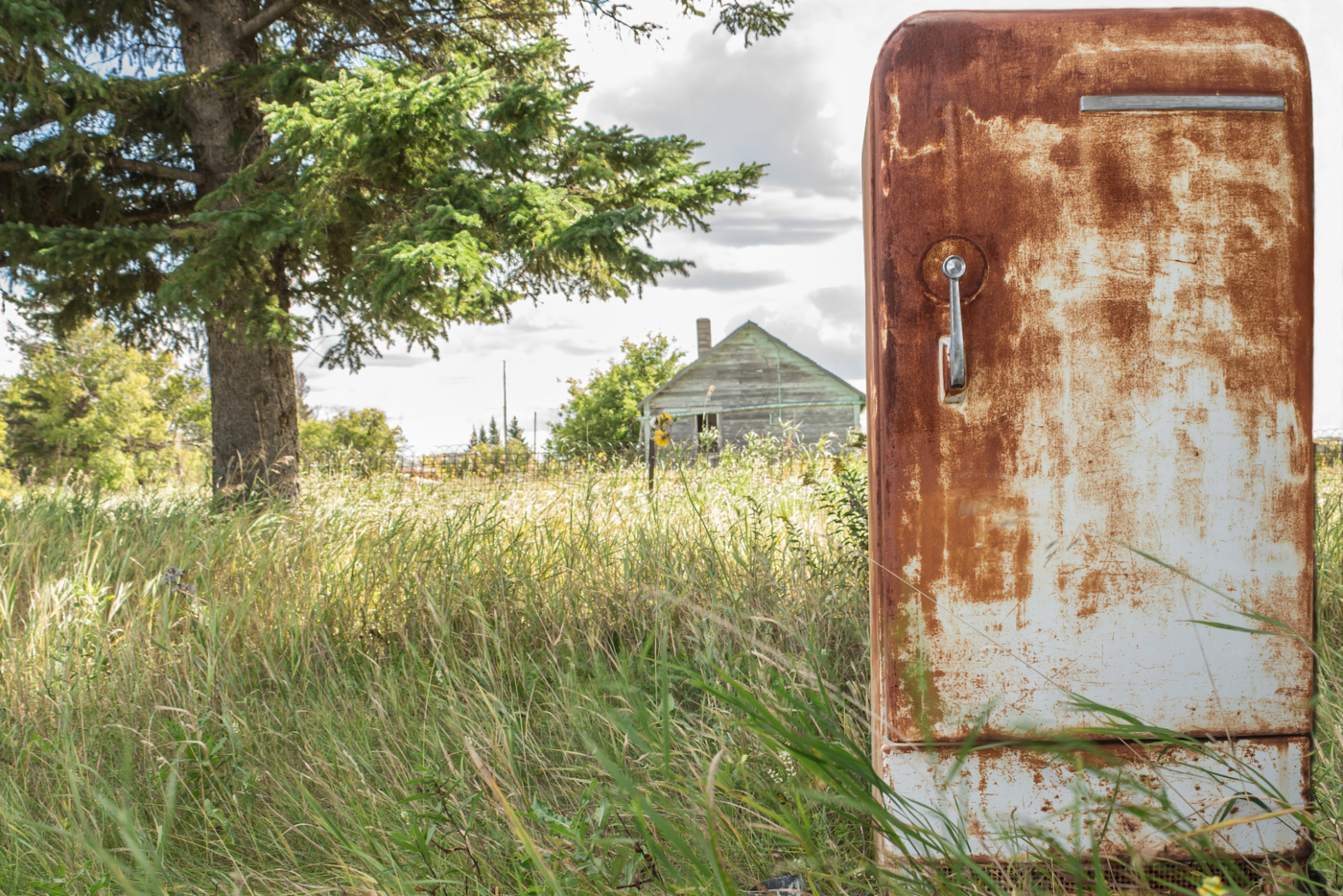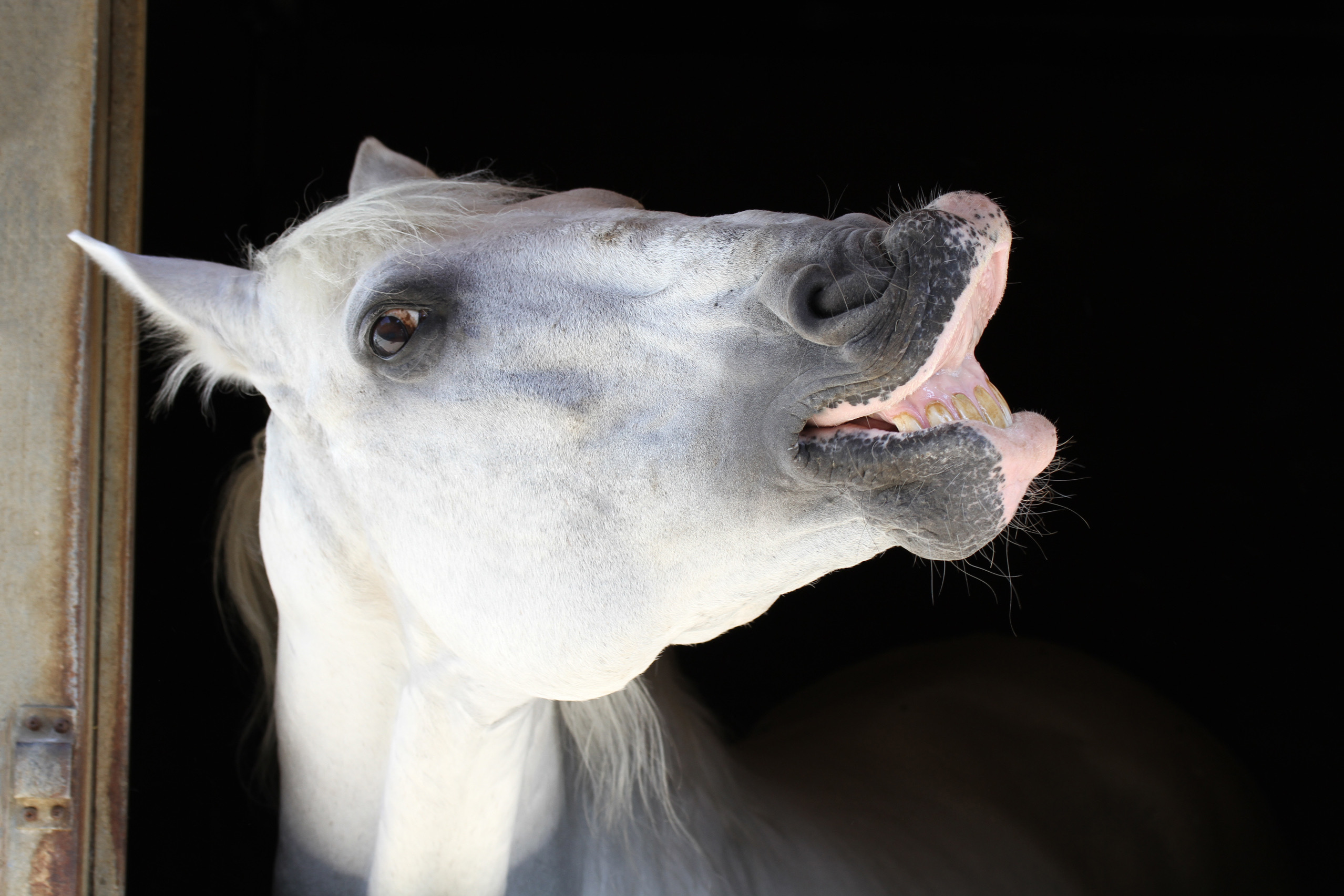It should come as no surprise that we at OR spoil our pets. There is always a supply of carrots in the fridge, bone marrow in the freezer (woof!), and even the barn cat gets a warm water bottle tucked into his infrared blankies on cold nights. However, it is possible to venture too far into the extreme—pet weddings?—and we found ourselves raising a brow when we first noticed a rise in the popularity of canine raw food diets. Just the thought of adding more time and detailed attention to an already overwhelming routine of meal-and-supplement dispersion had us reaching for Advil.
But . . . fast forward to last summer when a controversial FDA warning about grain-free kibble prompted one of us (Elissa) to confess to the other (Courtney) that she was taking matters into her own hands. Since raw food advocates tout its numerous health benefits, it couldn’t hurt to experiment with a two year old Bernese Mountain Dog. The breed has a typically short lifespan, is prone to hip dysplasia, and this one came with a questionable bloodline.
Of course, assuming 100% responsibility for your animal’s nutritional balance is a scary undertaking. Therefore, after careful research and six months devoted to a strictly raw food diet with positive results (including two thumbs up from the vet), we outline some of the pros and cons below, as well as some time-saving tips, and sample recipes.
Bone appétit!
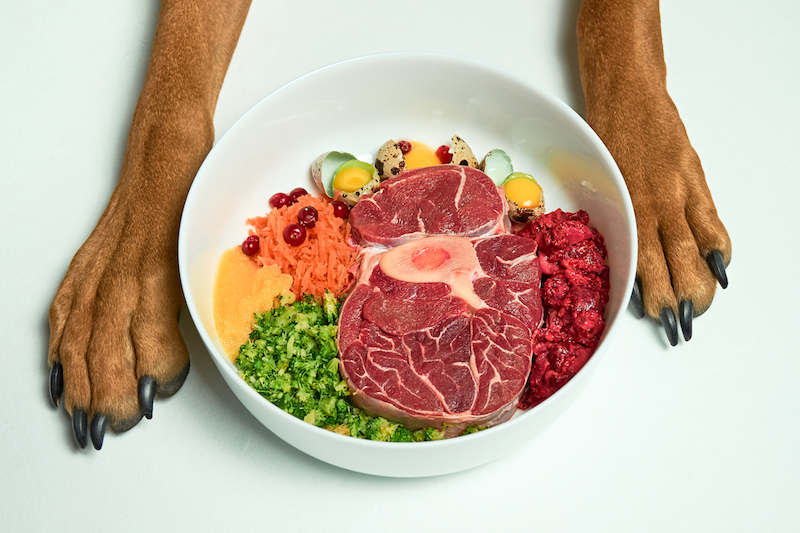
CliffsNotes: The raw food diet is drawn from the premise that while our domestic companions have evolved from their ancestral wolves, they “are simply not genetically optimized to consume the 50% carbohydrate content of today’s commercial kibbles.” Raw food diets adhere to the meats, fruits, vegetables, and grasses that primitive canines found in the wild, and emphasize a ratio of high protein/moderate fat/low carbs.
Campaigners of raw diets also point out that, similar to human food preparation, the high-heat process of commercial kibble strips dry food of vital nutrients, and the high starch content contributes to inflammation, which compromises the immune system. By eliminating these factors with raw meals, dogs absorb more vitamins and minerals, with visible results including increased (and consistent) energy, easier weight control, firmer stools, improved breath, less skin irritation, and softer and shinier coats.
The Full Story: This has placed the proverbial bee in the bonnet of conventional dog food manufacturers, and this could be a good thing. As a general rule, consumer awareness and cultural trends help raise the bar, and many new and established pet food brands have invested in research and innovation to meet the demands of label-conscious pet owners. For a deep-dive into most available canned, dry, dehydrated, freeze-dried, cooked frozen, and raw frozen commercial food options, we like the detailed reviews and ratings provided online by Dog Food Advisor.
In addition to specific ingredients, the most important factor to consider when reading labels or preparing raw meals is the prescribed portions per food group. Remember that in the wild, carnivores will eat prey in its entirety, so it is important to incorporate bones and organs into a meal plan. For example, when feeding raw, we follow the guidelines of the “Biologically Appropriate Raw Food” (aptly, BARF) diet: 70% muscle meat; 10% raw edible bone; 5% liver; 5% other organs; and 10% veggies, fruits, and nuts. This handy calculator makes it easy to determine the appropriate daily serving of a total meal based on a dog’s age and weight.
We recommend investing in a kitchen scale in order to accurately measure each ingredient … for newbies, this will alleviate considerable anxiety. After only a few meals, you’ll get the hang of it and can eyeball a recipe (a spoonful of yogurt here, a few blueberries there)!
The good news is that a slow transition to raw will be easier on your dog, so starting with one meal a week shouldn’t seem too daunting. Even if that’s all you can manage in the foreseeable future, your dog will benefit greatly!
Now, for some real talk …
PROS
You Are What You Eat
For pet owners, the topic of bowels is as common as the above cliché. Our case study Berner struggled with such messy stools the first two years of his life that the back yard resembled a Dairy Queen. In as little as 24 hours after adjusting to raw, the size, color, and consistency of his output improved dramatically, where it has since remained. Note: You will notice a dog go #2 less often because more of the food is being absorbed by the body. Dogs might also drink less water on a raw food diet because of its inherent moisture content.
A Game of Catch, Anyone?
Berners are not known for being overly active, however, this barn dog demonstrated elevated energy levels with greater stamina almost immediately upon transitioning to raw. Whether keeping up on trail rides or playing with furry friends, his newfound spirit was recognized in the stables.
One for You, One for Me
Another perk of preparing raw meals for your dog is a greater self-awareness of one’s own eating habits. While you chop broccoli for Fido, you can’t help but be motivated to do the same for yourself. Suddenly, sharing menus of fruits and vegetables and healthy proteins makes food shopping for you and your dog much easier: “Tonight it is sweet potatoes, green beans, and salmon for everyone!”
CONS
Foodborne Illnesses
A serious but manageable downside to raw food is the potential exposure to harmful bacteria or parasites. However, if you are blessed with OCD or have a healthy comfort level working in the kitchen, the risks are significantly mitigated. Everything we’ve learned on the Interwebs about dogs and raw food affirms that our four-legged friends have a higher tolerance to common “bugs” than we do. Therefore, the risks associated with food borne illnesses as a result of raw food prep are greater for humans than for canines. Moral of the story: stay vigilant!
Falling Short of Nutritional Needs
To reiterate the earlier points about proper nutrition, one must pay attention to the ratio of ingredients when feeding raw. It is not as simple as dropping plain hamburger meat into a bowl, but not as cumbersome as perfecting each meal, either. According to experts, it is important to maintain a consistent balance of vitamins and minerals over time.
Time and Money
It can be costly committing to a raw food program. Not only might you feed more quantities than with kibble (weight management), but you also pay more for the convenience of pre-made frozen raw meals, especially those that are delivered to your door. Assembling your own meals daily (or even a week in advance) is far more budget-friendly, and grows easier with time.
So just how long does it take to prep a raw food meal? About five minutes: Cut protein into bite-sized pieces and place into a dog bowl. In a blender with a few tablespoons of water, combine all other ingredients until well mixed. Pour over protein and stir together. Voila!
RECIPES
Sample One: Whiting
Mix with: Parsley, apple, carrots, zucchini, raw or lightly boiled egg (including shell), chicken liver, flax seed, and olive oil.
Sample Two: Ground Beef
Mix with: Blueberries, plain yogurt, basil, green beans (steamed), beef heart, and raw pumpkin seeds.
Sample Three: Chicken breast (with a chicken neck starter)
Mix with: Celery, broccoli, chicken liver, chicken gizzards, apple, turmeric, raw sunflower seeds (no shell), and olive oil.
Sample Four: Salmon, lightly baked (approx. 15 min)
Mix with: Baked sweet potato, spinach, plain yogurt, parsley, and fresh ginger.
Sample Five: Ground turkey
Mix with: Brown rice, kale, raw or lightly boiled egg (including shell), chicken liver, ground turkey necks, apple, flax seed, and olive oil.
TIPS
- Buy in bulk (fish filets, chicken breasts, turkey necks, beef hearts, etc).
- Separate a week’s worth of protein, bone, and organs in a refrigerator container and freeze the rest.
- Grow your own herbs (a pinch of parsley, oregano, rosemary, or basil can boost the immune system, soothe a stomach, or aid in fresh breath).
- Going out of town? Splurge on pre-made raw food meals to make life easier on the pet sitter.
- Rinse dog bowls immediately after use to prevent the spread of bacteria.


